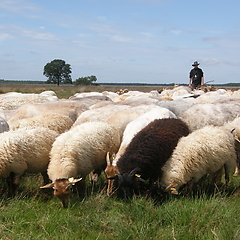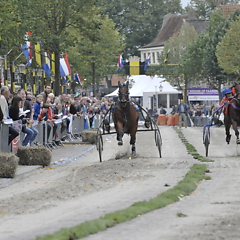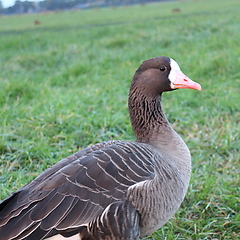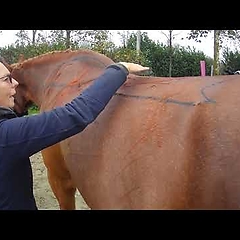Parchment-making is a craft in which animal skins are prepared in such a way, that they are writable. Parchment from calfskin has the best quality. The skin is selected on the basis of homogeneity of the surface, thickness and density. The flexibility, the natural character and the resistance of the skin are important in this stage. The skin is prepared according to a medieval method. First of all the skin is soaked in water, to get soft and clean. The ends are cut off to create an even piece, and fat, meat and blood residues are removed with a special knife. Subsequently the skin is soaked in lime water during eight days, the hairs are scraped off and the flesh side of the skin is further cleaned. After another eight days lasting lime water bath, all remaining skin materials are removed, to make the skin smooth and non-cracking. Then the skin is stretched evenly and dried on a big frame with pegs. After drying, the skin is sanded with pumice and lime to the required thickness. Parchment is primarily known as writing material for manuscripts. Parchment is a sustainable material, if stored under dry conditions. It can be used for drumheads, in church organs and in lighting objects, by conservators, for Jewish Torah scrolls and by calligraphy practitioners.



